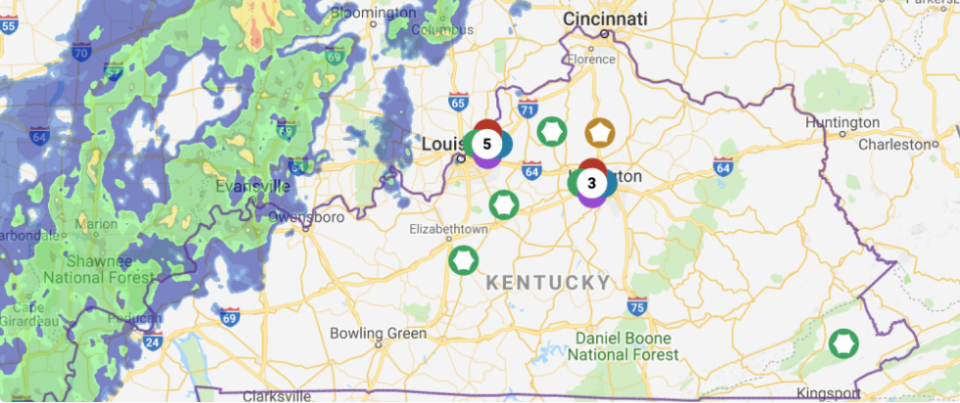From new factories and housing developments to high-tech facilities like data centers, economic development is happening across Kentucky. Just this March, Governor Beshear announced Kentucky placed in the top 5 for economic development projects per capita in the 2024 Governor’s Cup rankings — marking the fifth year in a row.
In 2024, LG&E and KU supported 76 business projects — adding more than 3,100 new jobs and driving $2.8 billion in investment across Kentucky. Nearly half of the state’s announced investments that year were in our service area.
That growth drives higher energy demand — and we plan for it carefully.
LG&E and KU forecasted last fall through their Integrated Resource Plan record-breaking economic growth and data center development. That projection remains on track and is not dependent on any one customer or project. Instead, it reflects what’s happening across the board: significant, sustained growth in the company’s service areas.
The PowerHouse–Poe Louisville project is one example of that momentum: a planned $11.1 billion private investment—one of the largest in Kentucky’s history—that’s projected to generate roughly $5.4 billion in regional economic output and create about 1,700 construction jobs through its four-year build.
Once operational, the campus is expected to support more than 500 ongoing jobs (210 direct, 332 indirect and induced) with average wages over $110,000 per year, and deliver more than $68 million in local tax revenue annually, including an estimated $45.8 million per year for Jefferson County Public Schools.
To prepare for continued growth, we’re investing in advanced, more efficient generation, and smarter, more resilient infrastructure, including:
- New generation: LG&E and KU are investing in new generation to keep pace with Kentucky’s rapid economic growth and further ensure safe, reliable and affordable service. Construction is underway on a 640-megawatt natural gas combined-cycle unit at Mill Creek in Louisville, expected online in 2027, along with a 125-megawatt battery storage system at E.W. Brown in Harrodsburg and two 120-megawatt solar facilities in Mercer and Marion counties. The utilities have also received approval to build two additional highly efficient 645-megawatt natural gas combined-cycle units—Brown 12 and Mill Creek 6—and to install new environmental controls at Ghent Unit 2. These projects will strengthen reliability and support Kentucky’s continued economic momentum.
- Ongoing system enhancements: Modernizing our grid, substations, pipelines and infrastructure to support 24/7 reliability.
Projects like PowerHouse–Poe also demonstrate that new large-scale developments can bring shared community benefits—improved grid reliability, new educational partnerships with institutions like the University of Louisville, and expanded broadband and fiber capacity that help local businesses and households access faster, more reliable internet service.


